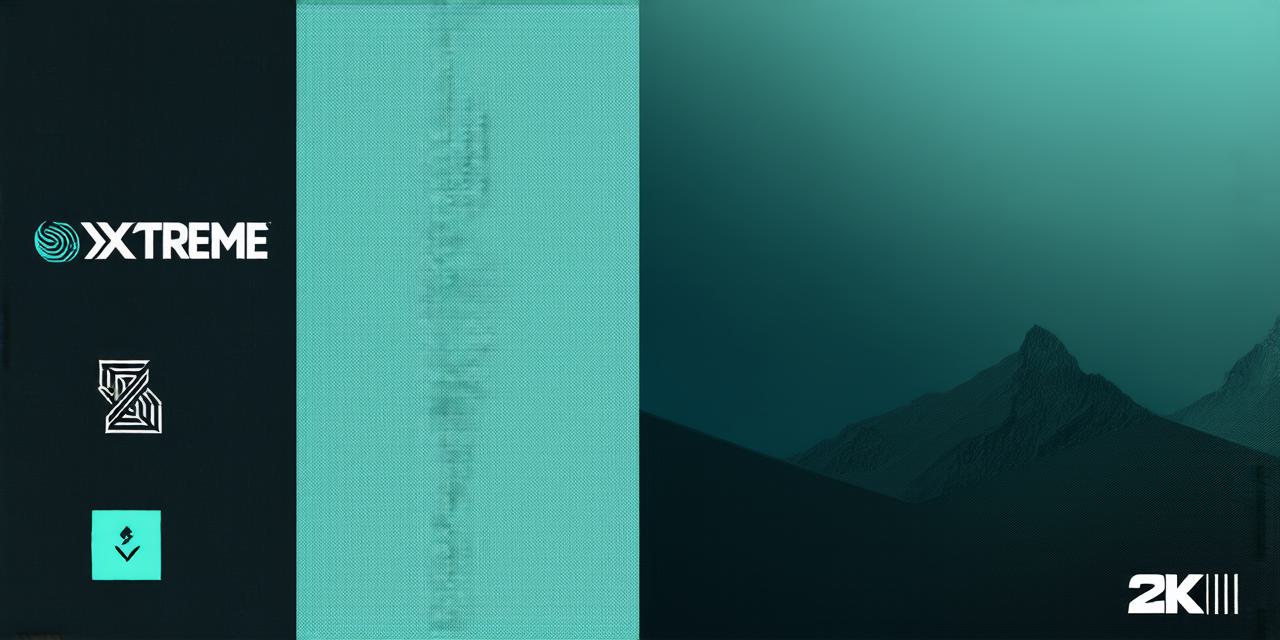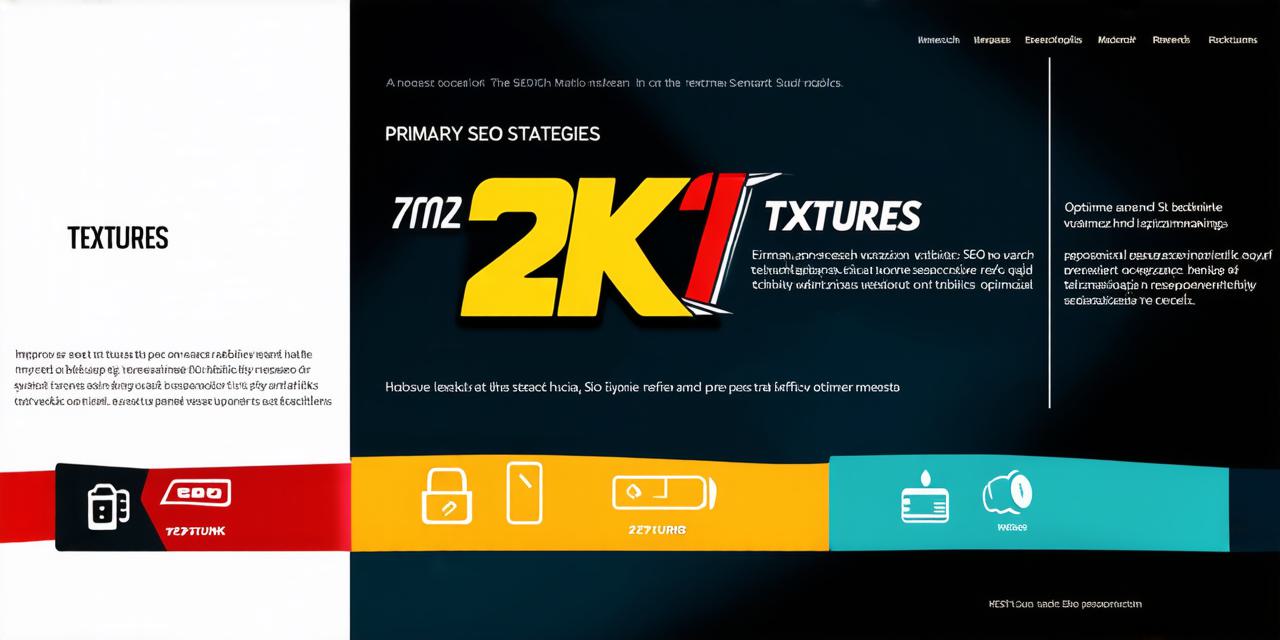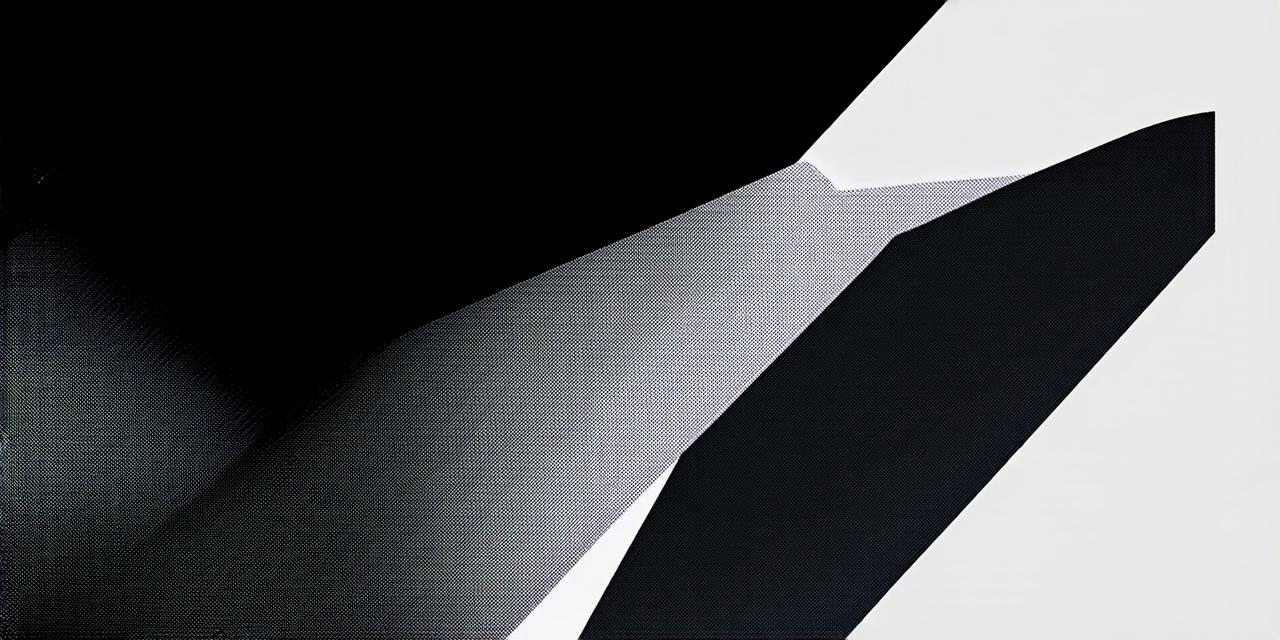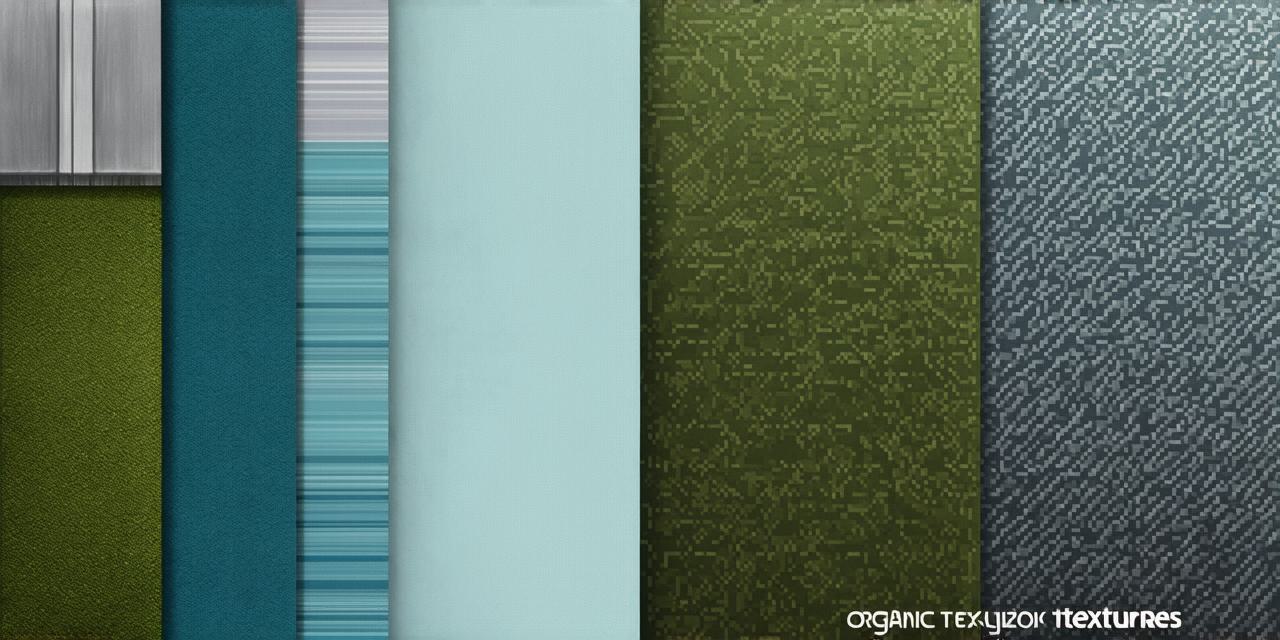In today’s digital age, creating art and designs using technology has become a popular trend. However, there is a difference between digital art and digital design, and it is important to understand the distinction. In this article, we will explore the differences and similarities between these two concepts and provide examples of each.
What is Digital Art?
Digital art refers to any form of artwork created using digital technology, such as a computer or tablet. This includes digital painting, 3D modeling, animation, and more. Digital art can be created in various software programs, including Adobe Photoshop, Procreate, Blender, and Maya. Digital art allows artists to create works that would have been impossible or extremely difficult to achieve with traditional mediums such as paint, pencils, or clay.
Examples of Digital Art
Some examples of digital art include:
- Digital paintings created using software such as Adobe Photoshop or Procreate.
- 3D models created using software such as Blender or Maya.
- Animation created using software such as Toon Boom Harmony or Adobe After Effects.
- Virtual reality environments created using Unity or Unreal Engine.

What is Digital Design?
Digital design refers to the process of designing and creating digital products, such as websites, mobile applications, and software. It involves a combination of creativity, technical skills, and user experience (UX) principles.
Digital designers use various tools and software programs to create visually appealing designs that are functional and easy to use.
Some examples of digital designs include:
- Websites and blogs designed to showcase products or services.
- Mobile applications designed for smartphones and tablets.
- Software interfaces designed for desktop and mobile devices.
- User interface (UI) designs created for websites, apps, and software.
Differences between Digital Art and Digital Design
Although digital art and digital design both involve creating digital products, there are significant differences between the two. Here are some key differences:
- Purpose: The primary purpose of digital art is to create visually appealing works of art that can be shared online or used in other forms of digital media. On the other hand, digital design aims to create functional and user-friendly products that help businesses and organizations achieve their goals.
- Tools and Software: Digital art typically involves using software programs such as Adobe Photoshop, Procreate, Blender, and Maya. Digital designers use a wide range of tools and software programs, including Adobe XD, Sketch, Figma, and InVision.
- Process: Digital art is a creative process that involves experimentation and exploration. Digital design, on the other hand, requires a structured approach that involves research, planning, design, development, testing, and iteration.
- Audience: Digital art is often created for an artistic audience or to showcase a specific style or concept. Digital design, however, is created with a target audience in mind and aims to meet their needs and goals.
- Deliverables: Digital art can be delivered in various formats, including images, videos, and 3D models. Digital design delivers functional products that are designed for specific platforms, such as websites, mobile apps, or software interfaces.
Similarities between Digital Art and Digital Design
Despite their differences, digital art and digital design share some similarities, including:
- Creativity: Both digital art and digital design require creativity to produce visually appealing products that stand out from the competition.
- Technology: Both disciplines involve using technology to create digital products. Digital art requires software programs and tools, while digital design relies on a wide range of technologies, including web development, mobile development, and software engineering.
- User Experience: Both digital art and digital design require an understanding of user experience principles to create products that are intuitive, easy to use, and meet the needs of the target audience.
- Collaboration: Both disciplines often involve collaboration with other artists, designers, developers, and stakeholders to produce high-quality products.
FAQs
Here are some frequently asked questions about digital art and digital design:
- What is the difference between digital art and digital design? Digital art refers to any form of artwork created using digital technology, while digital design involves creating functional digital products for businesses and organizations.
- Do digital artists need technical skills in addition to creativity? Yes, digital artists need technical skills in using software programs and tools to create their work effectively.
- Can digital designers create art? While it is possible for a digital designer to create art, their primary focus is on designing functional digital products for businesses and organizations.
- How does digital design contribute to business success? Good digital design can increase user engagement, improve conversion rates, and ultimately drive more revenue for a business.
- What are some examples of digital designs? Some examples of digital designs include websites, mobile applications, software interfaces, and user interface (UI) designs.
Summary
In conclusion, understanding the difference between digital art and digital design is crucial for anyone interested in pursuing a career in these fields. While both disciplines involve using technology to create digital products, they have different purposes, tools, processes, and deliverables. Digital art requires creativity, technical skills, and an artistic focus, while digital design requires



